There are various components of drilling rigs, and among them, the role of Kelly bar is a vital one. It is meant for torque transmission from the rotary drive to the drilling tool, which helps to penetrate the ground efficiently.
These telescopic Kelly bars help to create deep boreholes. They are used for construction, mining, and piling. If you are looking to learn about Kelly bars, the guide will help you.
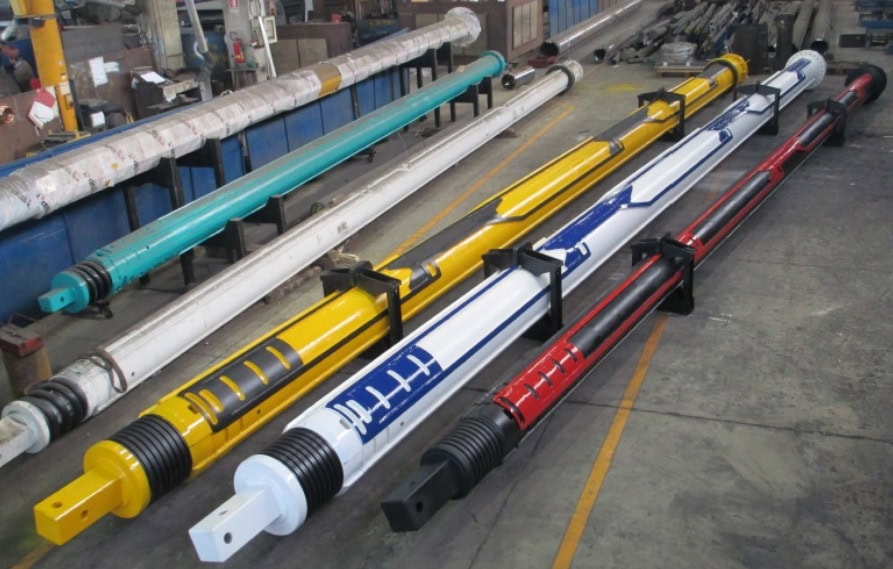
What is a Kelly Bar?
The Kelly bar comprises a telescopic part that is used in rotary and piling drilling rigs. It helps with maximum torque transmission and axial force from the drilling machine to the auger for the drilling tool. It comprises interlocking features with tubular parts that extend to achieve the required depth of drilling.
The Kelly bars are made using high-strength steel, which can handle the high force produced during the drilling process.
They have a telescopic design extending them to extreme depth and ensuring their suitability for construction projects that need deep foundations.
Components of a Kelly Bar


The Kelly bar consists of the following key components:
Telescopic Section: The interlocking Kelly bar comprises tubular sections that can extend like a telescope. They have varied diameters, and the large diameter is at the base, whereas the smaller one is at the top. It helps with varied drilling depth and even maintains structural integrity.
Drive Key and Grooves: These are present through the length of the bar and help in ensuring the transfer of torque securely between the tool and the rotary drive. This helps lock and align the telescopic sections.
Locking System: It comprises bolts and hydraulic locks, which help in securing the sections during the drilling process.
Rotary Drive: The drive head creates an interface between the drilling rig and the Kelly bar to transfer rotational energy from the motor of the rig to drill the ground.
Guide Rollers: The parts help guide the Kelly bar movements with the rotary drive and the rig, which reduces friction. These rollers offer lateral support during the drilling process.
Drilling Tools: They are meant to work with tools like core barrels and augers. These tools conduct the task of cutting and removing soil.
How Does a Kelly Bar Work?
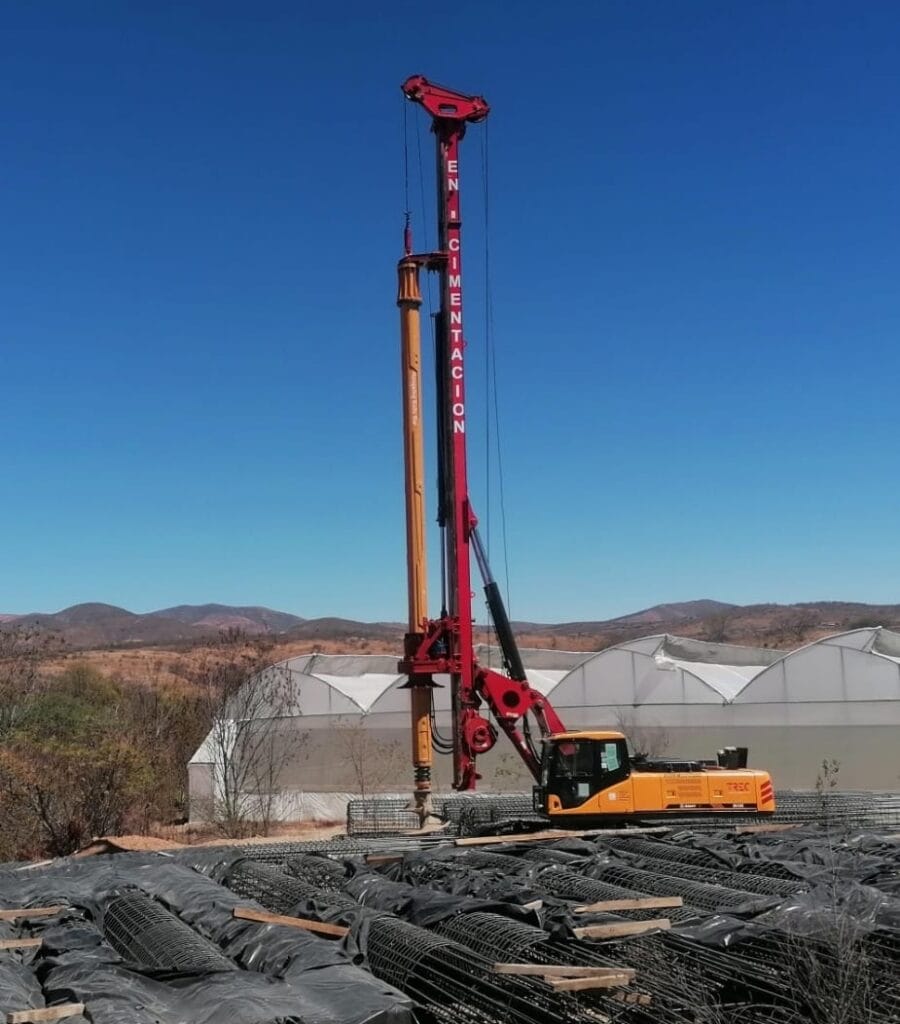
Mechanism of Action
The working mechanisms of a Kelly bar use the torque transmission from the rotary drive of a drilling rig, which is attached to the tool and helps with penetration on the ground having great depths. The Kelly bar has interlocking sections like telescopes, which can have extended lengths.
The rotary drive in the rig consists of torque, which is transmitted to the drive head, and it ensures smooth and stable power transfer. When the bar extends, the axial force generates and applies pressure, which cuts the soil and rock.
The lock devices help secure the section while the task is being undertaken. The shock-absorbing systems in the bar help reduce vibrations and ensure drilling performance.
Types of Kelly Bars
There are various types of Kelly bars, and some of them are discussed below.
Solid Kelly Bars
Solid Kelly bars consist of continuous and simple shafts made of high-strength steel. These Kelly bars are suitable for shallow drilling where durability is important, and the drilling conditions are stable.
Hollow Kelly Bars
Hollow Kelly bars consist of a hollow core that reduces weight and maintains strength. This Kelly bar type is suitable for deep drilling and can also accommodate additional parts like hydraulic lines and sensors in the hollow space.
Sectional Kelly Bars
The sectional Kelly bars have telescopic sections that can lock and extend in their place to attain adjustable depth. These Kelly bars offer versatility and are suitable for deep drilling of foundations of bridges and skyscrapers.

Applications of Kelly Bars
The applications of Kelly bar are as follows:
Use in Rotary Drilling
Kelly bars are important for rotary drilling operations and serve as a key component for transferring the axial force and torque from the rotary drive of the drilling rig to the tool for drilling. There are various applications of Kelly bars, and some of these are as follows:
Laying Foundation of Construction Projects
There are various types of projects, like skyscrapers and bridge piers, which comprise deep drilling and create the foundation of these structures. Kelly bars help improve penetration in different types of soil and can also handle high torque to enhance structural integrity.
Geotechnical Investigations
Kelly bars are used for drilling boreholes to help with sampling and testing soil in geotechnical surveys. These Kelly bars help to attain stability and depth from the layers of soil through the full extended length to assess its condition before starting a construction project.
Multiple projects require soil origin and quality certificates before starting a new project, and these help with such investigations.
Infrastructure Development
Infrastructures like ports, tunnels, and highways consider Kelly bars to create anchor points in depth and retain walls by drilling in rocks that are hard.
They can adapt to varied types of tools like core barrels and augers to attain efficiency in varied conditions of the ground.
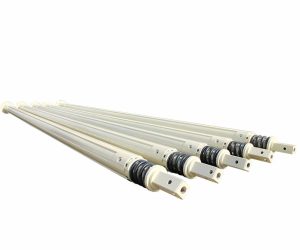
Advantages of Using Kelly Bars
There are various advantages of Kelly bars, and some of these comprise the following:
Improved Drilling Efficiency
Kelly bars improve the drilling performance and transfer the torque and axial force effect from rig to tool. They have a robust design that offers quick penetration in varied types of rocks and soil to reduce time and cost.
Control on Drilling Depth
The Kelly bar comprises telescopic sections that offer accurate adjustment of depth and ensure a borehole is created with precision. It requires a high level of control to create the foundation of the projects and also helps to analyze the specifications of depth.
Suitable for Varied Soil Conditions
Kelly bars are suitable for a wide range of soil conditions and rocks, be they hard or soft. They are very compatible with a wide range of tools, which makes them suitable for applications offering diversity.
High Durability
Kelly bars are made using high-strength steel, which makes them withstand extreme forces and pressure during the drilling operations. They have locking mechanisms that improve operational stability. These are made using high-quality materials that guarantee long life and reliable working.
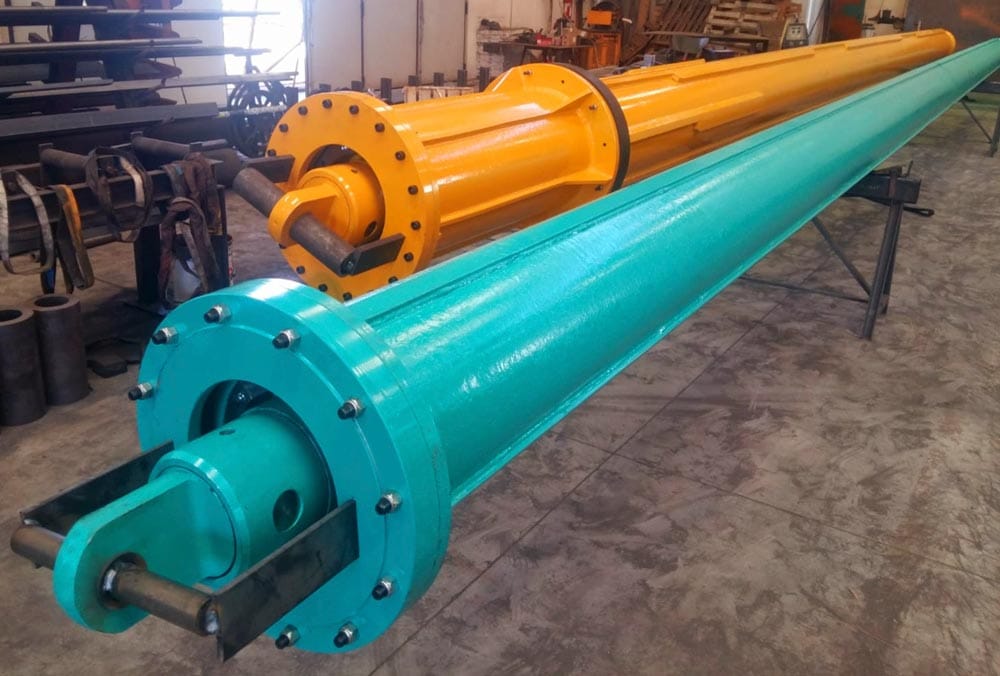
Kelly Bar Crawler Rig
A Kelly bar crawler rig is a drilling machine suitable for heavy-duty projects. It is mounted on a tracked crawler base and designed to integrate easily with the Kelly bar rotary table for drilling operations. These rigs enhance control over driving the Kelly bar and improve stability and mobility.
The crawler rig offers support to Kelly Bar as it has hydraulic rotary drilling rigs, which offer efficient drilling. It offers a precise extension of the Kelly bar and allows operators to achieve the required depth and accuracy for drilling.
Advantages of Crawler Rigs
The advantages of crawler rigs are as follows:
The tracked raw materials allow these rigs to move through the ground if it’s uneven or soft and enhance their suitability for the challenging conditions of the soil. It reduces the time needed to set up and improves operational efficiency.
The crawler tracks are wide, and hence, they help in the even distribution of the weight of the rig, which offers improved stability during the drilling operations. It reduces the vibration and offers precise control when it is operated on sloped surfaces.
The Kelly bar crawler rigs have multiple types of tools, which make them suitable for multiple applications. They are used in applications like piling rigs and geotechnical projects to provide quality certificates for soil conditions.

Comparison with Other Rotary Drilling Tools
A brief comparison of the Kelly bar and other rotary drilling tools is featured below.
Rotary Drilling Tools Overview
The rotary drilling tools consist of core barrels, augers, and continuous flight augers that serve a wide range of drilling processes. Each type of tool has a unique purpose. Augers are suitable for drilling soft soils, whereas core barrels help extract rock samples.
CFAs, on the other hand, help with soil removal and drilling, which makes them suitable for pile foundations and stabilizing boreholes. Kelly bars are versatile and can drill in depth across varied conditions of soil. Hence, they can help create a complex foundation for the construction projects.
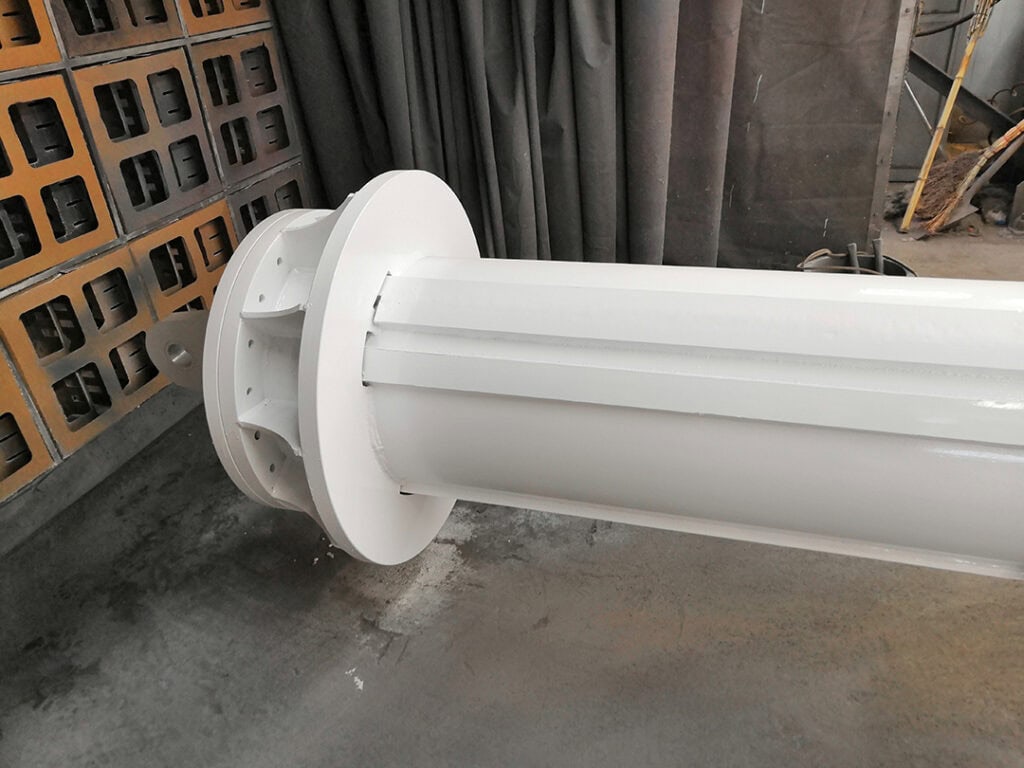
When to Use a Kelly Bar vs. Other Tools
The scenarios where Kelly bars are preferred over other tools are as follows:
- Kelly bars are suitable for creating deep and stable boreholes for projects like skyscrapers, bridges, etc.
- During the process of drilling through layers of rock, soil, and clay.
- Projects that need specific depth, like geotechnical investigations and piling.
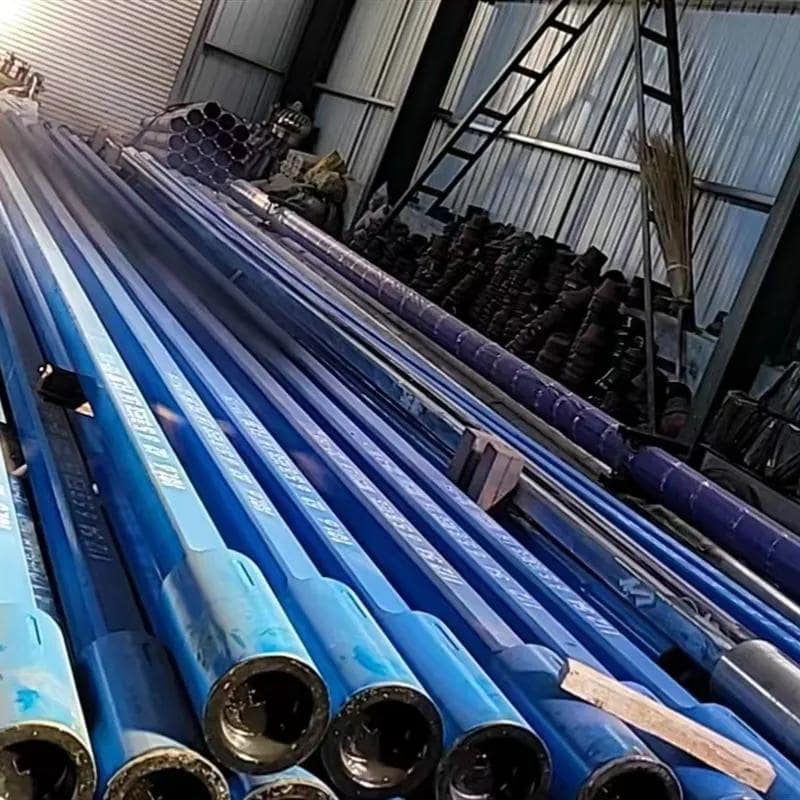
Conclusion
Understanding the significance of Kelly bars in various projects helps them to enhance the reliability of construction projects and make them more efficient. The guide above must have given you a detailed insight into what the Kelly bar is and how it works. So, if you want to source a suitable Kelly bar for your project, we at Everstar Machinery are just a click away.
FAQs
What is a Kelly bar used for?
Kelly bar is used in rotary drill processes to transmit torque during drilling.
How does a Kelly bar work?
Kelly bar rotates and lifts the tools for drilling to penetrate the ground and extract rocks and soil.
What are the different types of Kelly bars?
There are different types of hollow Kelly bars, friction Kelly bars, solid Kelly bars, etc.
What is a Kelly bar crawler rig?
Kelly bar crawler rig is a type of drilling rig that has a Kelly bar system and works with a crawler base to offer stability on challenging ground conditions.
What are rotary drilling tools?
These tools help in drilling by penetrating the ground.

Looking for A Reliable Kelly Bar? Everstar Machinery Can Help!
If you are looking for a reliable Kelly bar with appropriate inner and outer sections that offer excellent frictional contact and damping noise systems, contact us at Everstar Machinery.
We can advise you on choosing a Kelly bar with the right depth for your customized project. Our Kelly bar can work for more than one year, offering a long life. We offer custom Kelly bars apart from the standard Kelly bars, so contact us today.